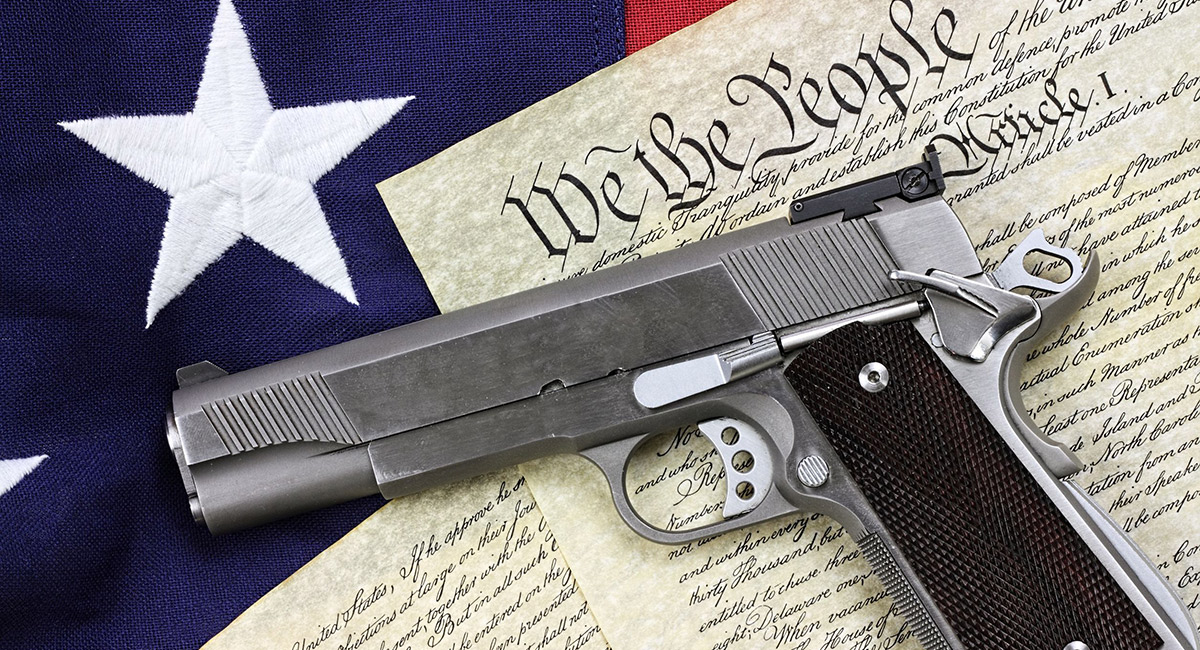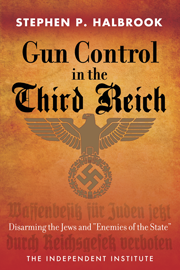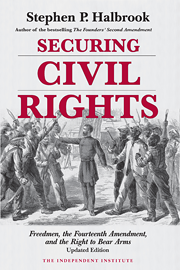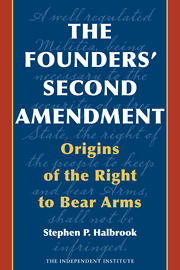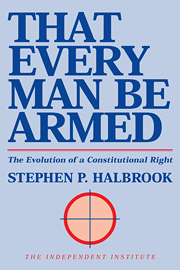Today, only eight states including New York are “may issue” for gun carry permits—meaning government officials “may issue” permits to applicants but are not required to (and hardly ever) do so. Litigation over what the Second Amendment means and requires is mostly limited to those states who are ruled by mega-cities. A law-abiding citizen who passes a background check in those states is still subject to a discretionary and random government decision about whether that person has “proper cause” to carry a firearm for self-defense.
That means New Yorkers must distinguish themselves from their fellow citizens and be rationed a constitutional right by bureaucrats. In New York, gun licenses are restricted, expensive and the process is riddled with politics and bribery, making licenses inaccessible to most. This led to the judicial saga now before the U.S. Supreme Court of New York State Rifle & Pistol Association (NYSRPA) v. Corlett and a fundamental question for the Court to answer—is the Second Amendment a right of the people, or a privilege of the elite?
When the Court announced it would hear NYSRPA v. Corlett, New York Governor Andrew Cuomo said, "The streets of New York are not the O.K. Corral and the NRA’s dream of a society where everyone is terrified of each other and armed to the teeth is abhorrent to our values.”
Actually, the murder rate in today’s New York City far exceeds that of any cattle town in the Wild West. In 2021, shootings are up almost 70 percent over 2020. Compared to 2019, murders are up nearly 50 percent. People are concerned for their safety. New York is not alone, violent crime in urban areas is surging nationwide. Record gun sales demonstrate that Americans are taking advantage of their Second Amendment rights for self-protection, many for the first time.
Against this backdrop of rampant violence, in a recent New York City Democratic mayoral primary debate, the disarming—not of citizens, but of NYPD officers—was somehow a legitimate question posed to candidates.
In NYSRPA v. Corlett, Second Amendment opponents fear the court might expound on the standard of review in Second Amendment cases, instead of the seeming rubber-stamp approach of lower courts upholding most useless firearms restrictions that primarily impact law-abiding persons. The ruling could also confirm that the right to bear arms extends outside of the home, which should be a no-brainer. The other freedoms in the Bill of Rights—speech, religion, etc.—do not end at a citizen’s front door, nor should the Second Amendment.
Last year, this combination prompted Sen. Sheldon Whitehouse (D-R.I.) and four other Democratic Senators, including Whip Dick Durbin (D-Ill), to file a ham-handed brief supporting New York City’s ban on taking a handgun outside one’s home with an unsubtle threat: “The Supreme Court is not well. And the people know it. Perhaps the Court can heal itself before the public demands it be ‘restructured in order to reduce the influence of politics.’ Particularly on the urgent issue of gun control.”
This is not politics—this is the Bill of Rights and the Constitution.
The last two Supreme Court decisions on the Second Amendment have set the table for NYSRPA v. Corlett by following the law.
In District of Columbia v. Heller in 2008, the Court held that the D.C. handgun ban violated the individual right to keep and bear arms and rejected the view the right could be dismissed or diminished by interest-balancing tests.
That was followed in 2010 by the McDonald v. Chicago decision, which held the right to arms to be fundamental and protected from state violation by the 14th Amendment. The 14th Amendment was passed in 1868 in part to stop southern states from imposing the “Black Codes” that denied freed blacks Second Amendment rights to allow for their self-defense.
Now, the Supreme Court will examine New York’s present day Second Amendment restrictions. New York’s Attorney General Letitia James responded to the court taking on the case: "The law is consistent with the historical scope of the Second Amendment and directly advances New York’s compelling interests in public safety and crime prevention."
The Supreme Court will decide that.
Whether “the people” have a right to bear arms, or whether “the people” is a code term for a government-approved elite, is going to be a challenging argument for New York. Must citizens convince government bureaucrats they have a special need for self-defense? What is it? Ability to pay fees? Connections? Celebrity? Is living in a high crime neighborhood not a special need?
In NYSRPA v. Corlett, New York government officials will likely argue that they should arbitrarily decide whether a person has "proper cause" for self-defense. The Supreme Court will likely consider text, history, and tradition—which points to a right of the citizenry, one guaranteed by the Bill of Rights.

